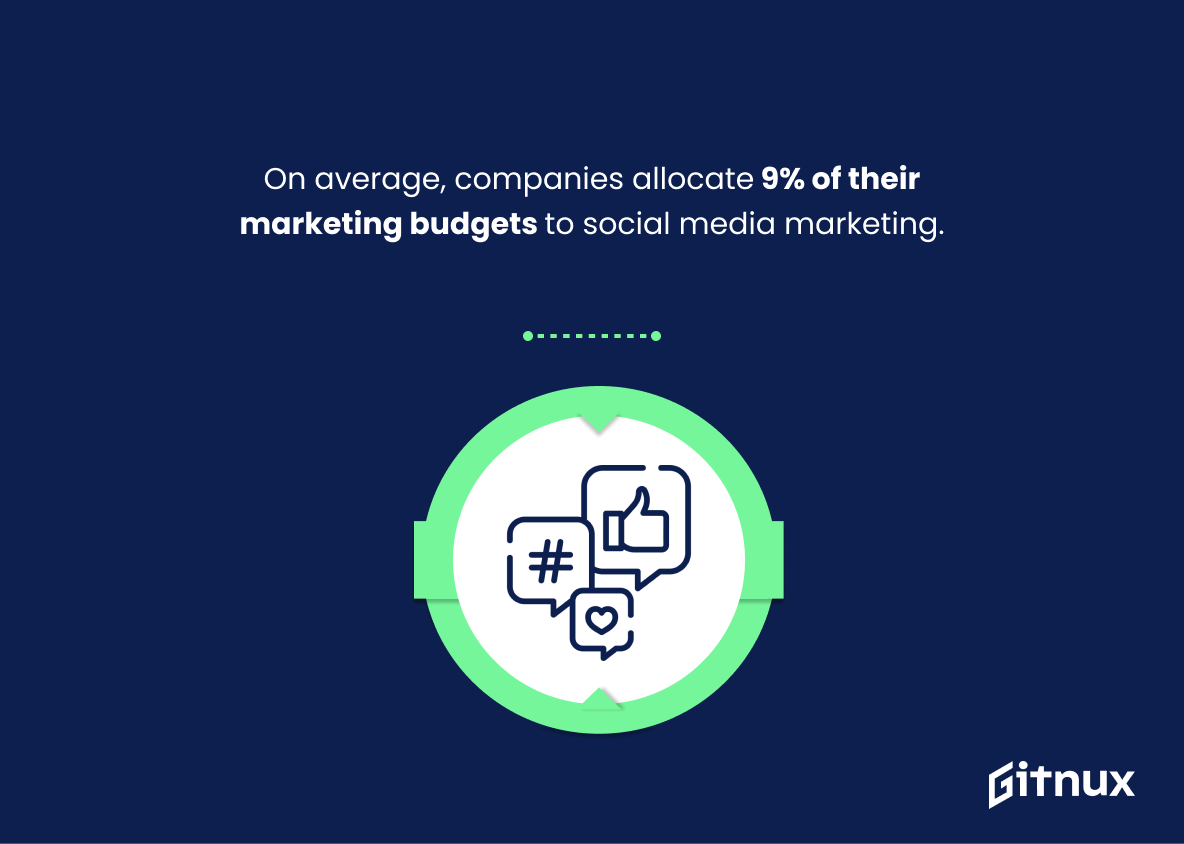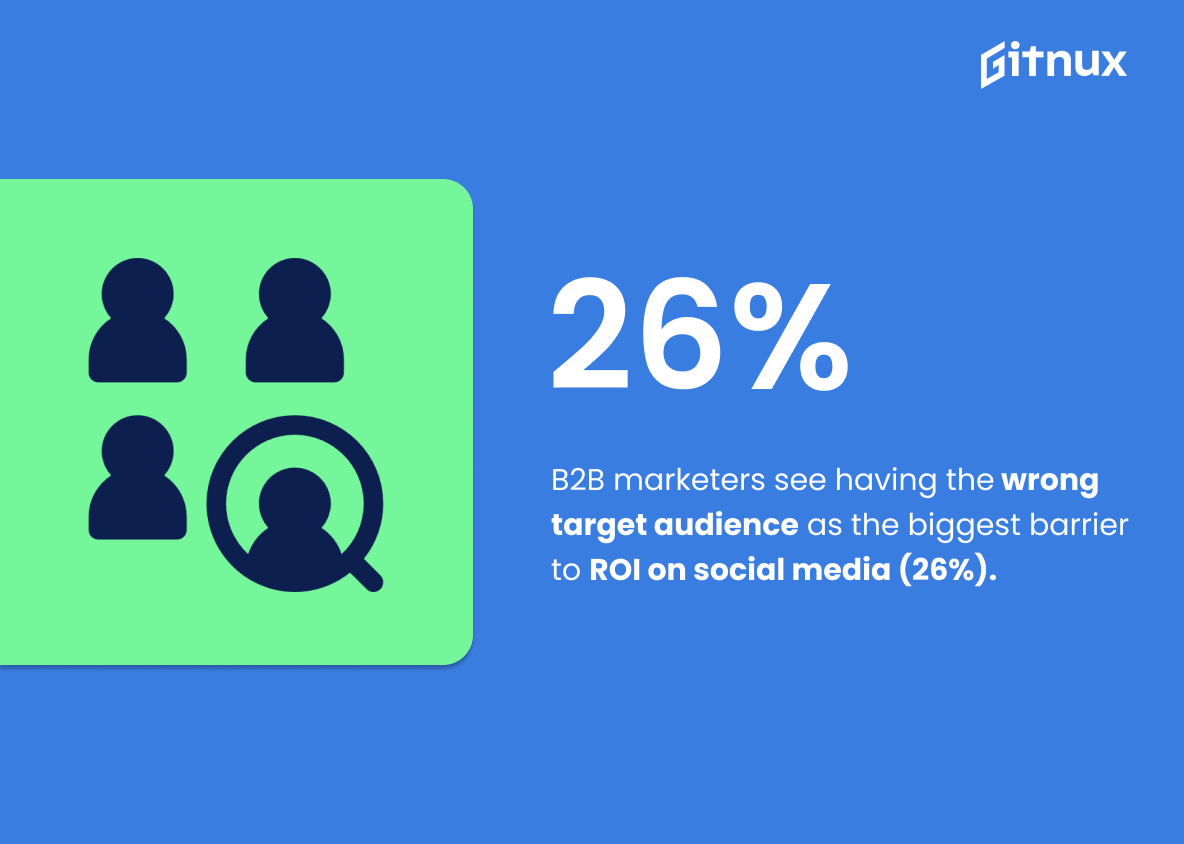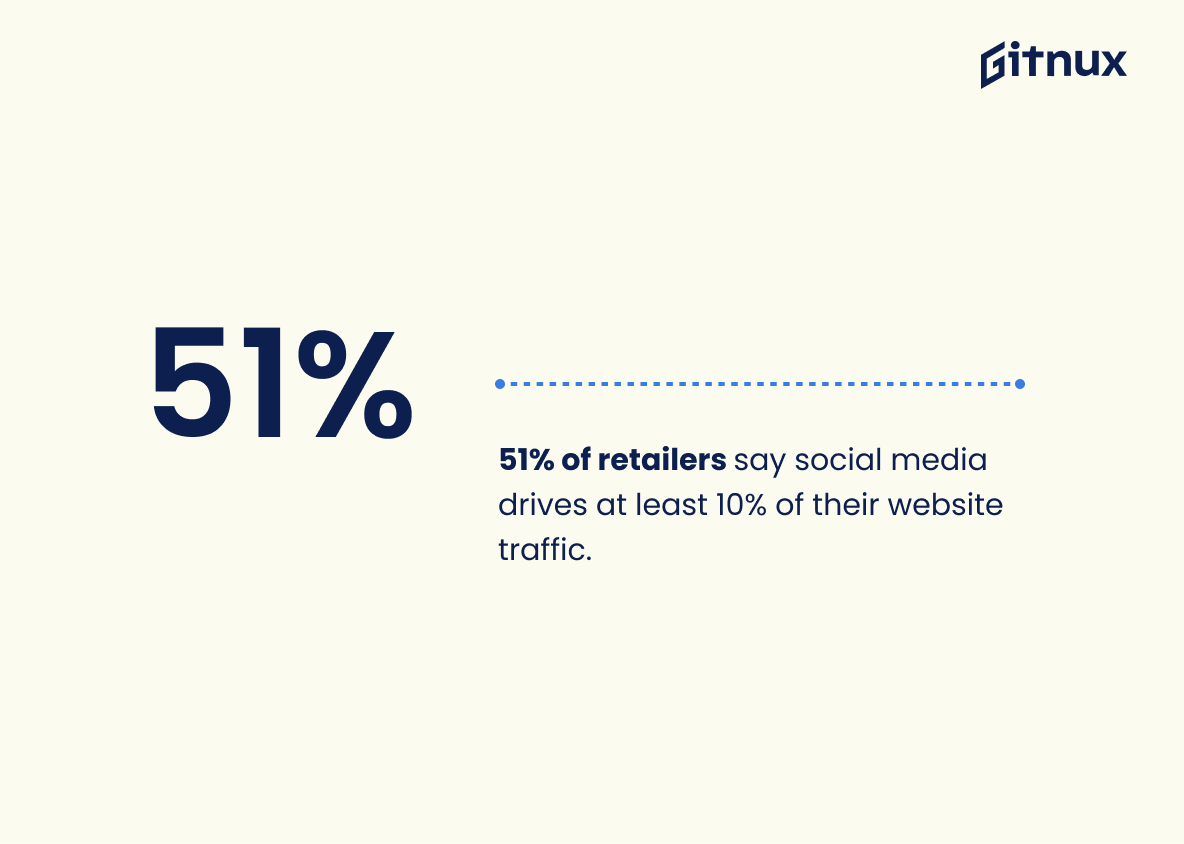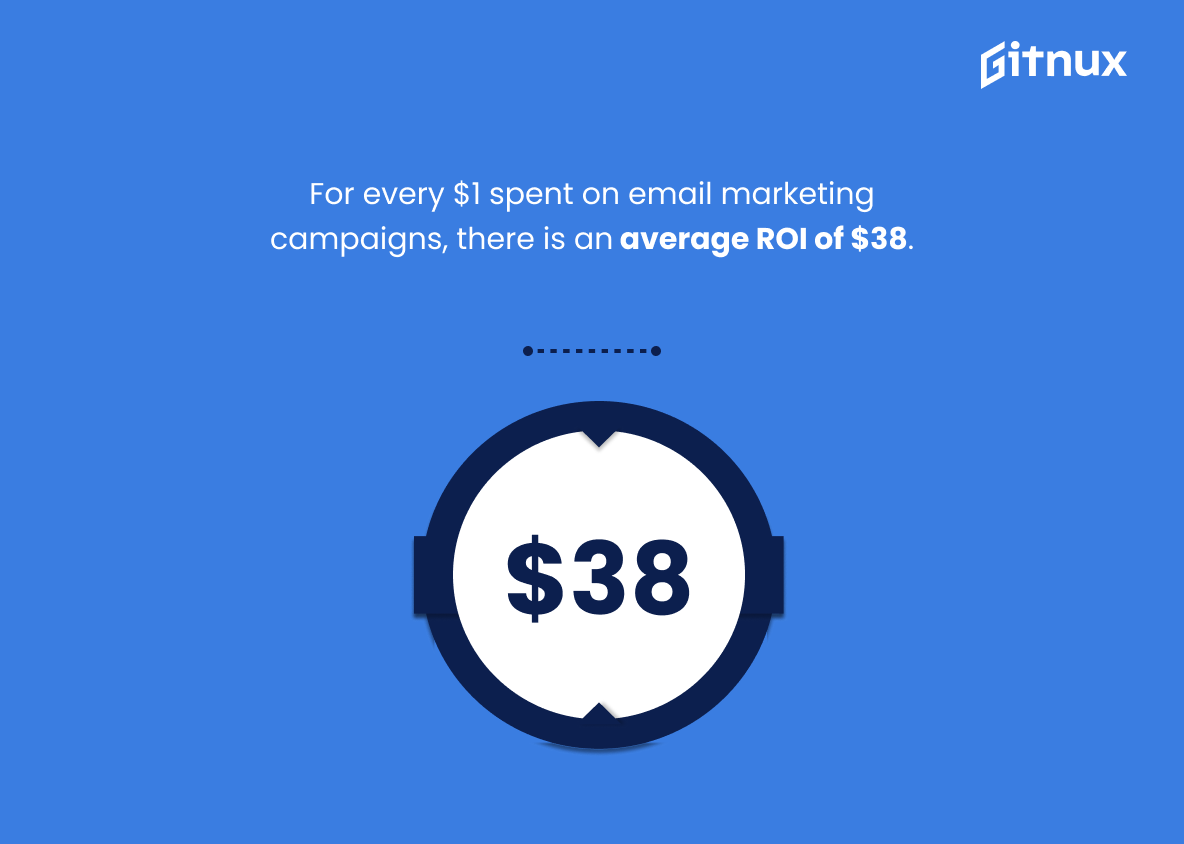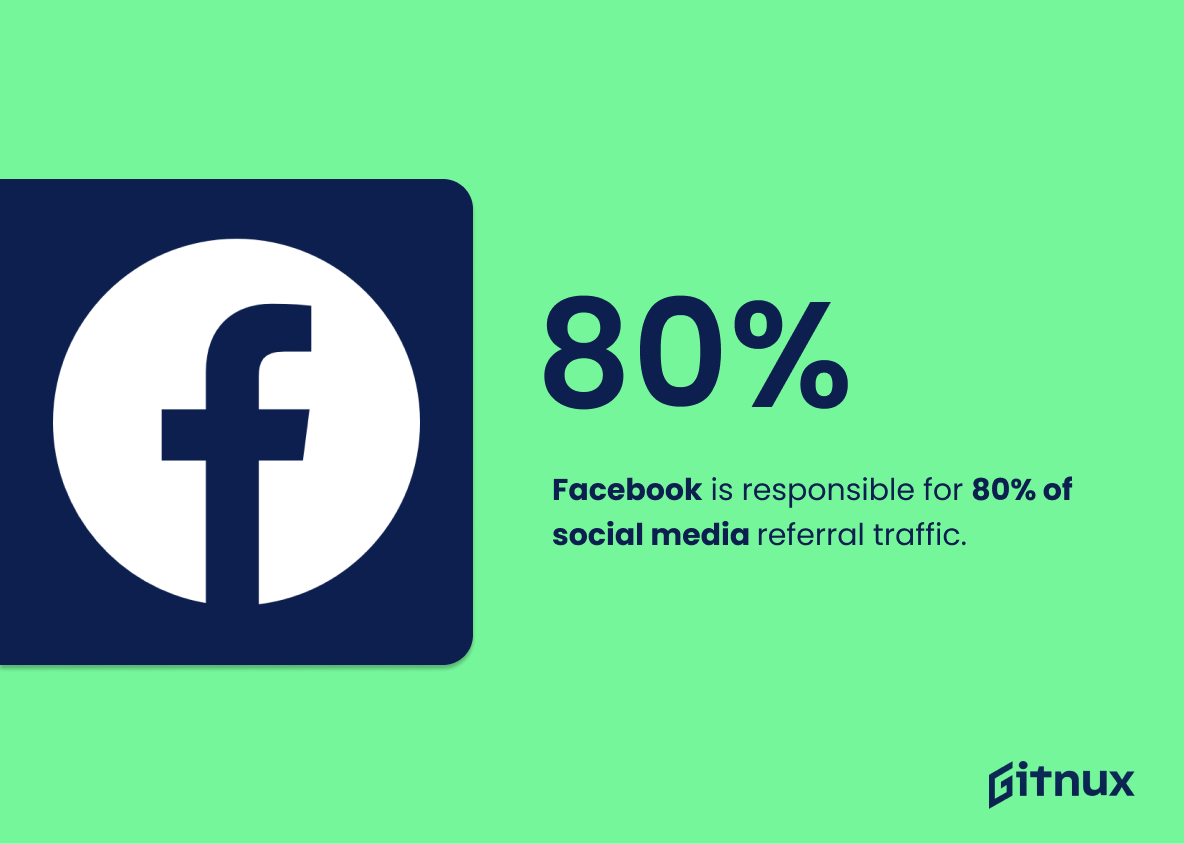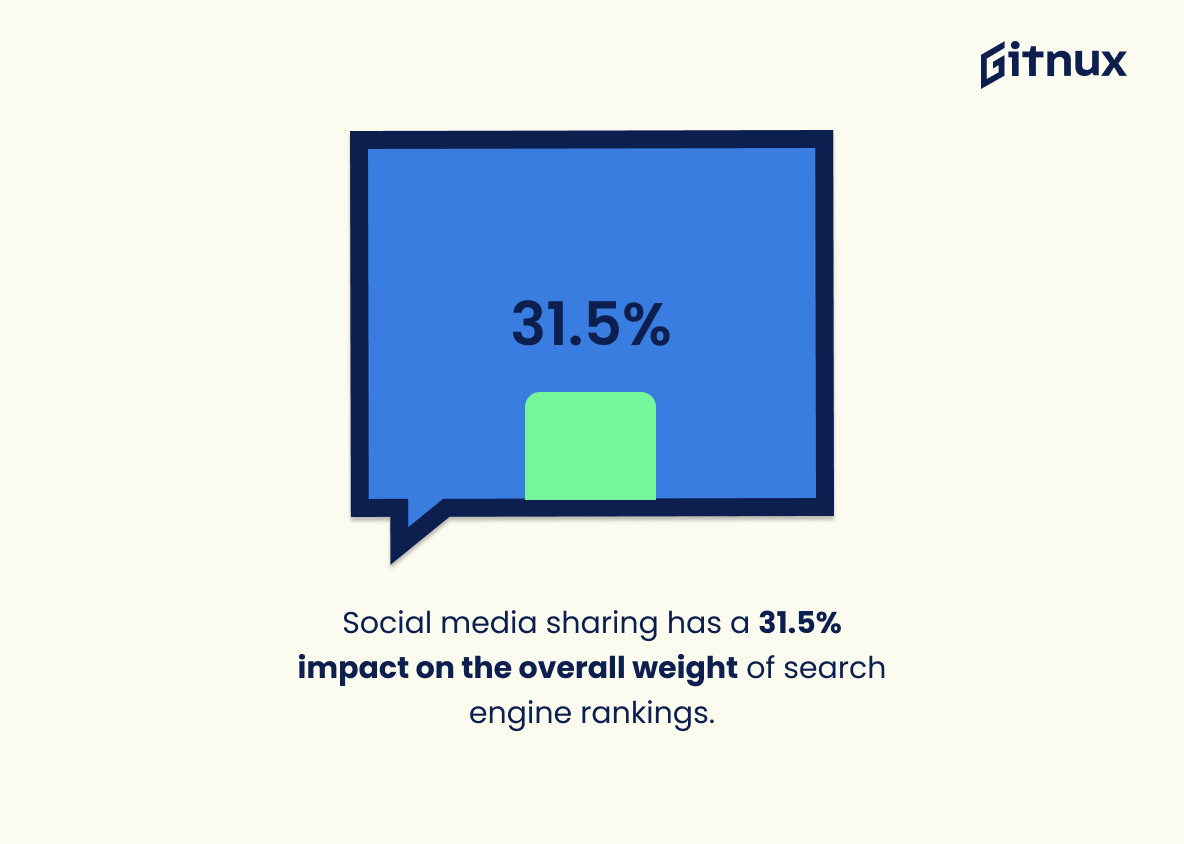Social media marketing is an essential part of any successful digital marketing strategy. It can help businesses reach a wider audience, build brand awareness and loyalty, increase website traffic, generate leads and sales conversions – all while providing valuable insights into customer behavior. But how do you measure the return on investment (ROI) from your social media efforts?
This blog post will explore some key statistics about social media ROI to give you a better understanding of what works best for your business. We’ll look at data points such as which platforms are most effective for driving ROI; the impact user-generated content has on website traffic; average conversion rates across different channels; and more.
So let’s dive in and take a closer look at these important stats that could make or break your next campaign.
This statistic is a telling indication of the challenge that marketers face when attempting to measure the return on investment of their social media efforts. It highlights the difficulty of accurately gauging the impact of social media marketing, and serves as a reminder of the need for marketers to be creative and resourceful when attempting to measure the success of their campaigns.
Companies that use social media marketing, on average, generate twice as many marketing leads compared to those who use only traditional marketing methods.
This statistic is a powerful testament to the effectiveness of social media marketing. It demonstrates that companies who invest in social media marketing are reaping the rewards in the form of increased leads. This is an invaluable insight for any business looking to maximize their return on investment in social media marketing.
Social Media Marketing Roi Statistics Overview
40% of social media marketers believe paid advertising is more effective than organic reach for ROI.
This statistic is a telling indication of the current state of social media marketing, as it suggests that a significant portion of marketers believe that paid advertising is the most effective way to achieve a return on investment. This is an important insight to consider when discussing social media marketing ROI statistics, as it provides a valuable perspective on the strategies that are being used to maximize ROI.
46% of marketers say their main challenge in measuring social media ROI is determining the appropriate metrics to use.
This statistic is a telling indication of the difficulty marketers face when attempting to measure the return on investment of their social media marketing efforts. It highlights the need for marketers to be aware of the metrics that are most relevant to their goals and objectives, and to be able to accurately track and measure them in order to gain meaningful insights. This is an important factor to consider when discussing social media marketing ROI statistics, as it provides a valuable insight into the challenges marketers face when attempting to measure the success of their campaigns.
Posts with images produce 650% higher engagement rates than text-only posts in social media marketing.
This statistic is a powerful reminder of the importance of visuals in social media marketing. Images can be used to draw attention to posts, making them more likely to be seen and interacted with. This means that incorporating visuals into social media posts can have a significant impact on engagement rates, making it an essential part of any successful social media marketing strategy.
The average ROI for social media ad campaigns is around 250%.
This statistic is a powerful indicator of the potential success of social media ad campaigns. It shows that investing in social media marketing can yield a substantial return on investment, making it an attractive option for businesses looking to maximize their marketing budget. With such a high ROI, it’s no wonder that social media marketing is becoming an increasingly popular choice for businesses of all sizes.
On average, companies allocate 9% of their marketing budgets to social media marketing.
This statistic is a powerful indicator of the importance of social media marketing in today’s business landscape. It shows that companies are investing a significant portion of their marketing budgets into social media, demonstrating the value they place on this form of marketing. This statistic is especially relevant to the blog post about Social Media Marketing ROI Statistics, as it provides a benchmark for the amount of money companies are investing in social media marketing and the potential returns they can expect from it.
B2B marketers see having the wrong target audience as the biggest barrier to ROI on social media (26%).
This statistic serves as a stark reminder that having an accurate understanding of your target audience is essential for achieving a successful return on investment from social media marketing. Without a clear understanding of who you are trying to reach, it is impossible to craft an effective strategy that will yield the desired results.
In 2021, the average social media conversion rate was 9.3%.
This statistic is a powerful indicator of the effectiveness of social media marketing. It shows that, despite the ever-changing landscape of digital marketing, social media remains a powerful tool for driving conversions. This statistic is a valuable insight for marketers looking to maximize their return on investment in social media marketing, as it demonstrates that the effort is worth the reward.
51% of retailers say social media drives at least 10% of their website traffic.
This statistic is a powerful indicator of the impact social media can have on website traffic. It shows that a majority of retailers have seen a significant increase in website traffic due to their social media presence, and that social media can be a powerful tool for driving website traffic. This is an important statistic to consider when discussing the ROI of social media marketing, as it demonstrates the potential for increased website traffic and sales.
Video content is 40 times more likely to be shared on social media than other types of content.
This statistic is a powerful indicator of the potential reach of video content on social media. It highlights the importance of incorporating video into a social media marketing strategy, as it is far more likely to be shared and seen by a larger audience than other types of content. This can be a great way to increase brand awareness and engagement, and ultimately, drive ROI.
For every $1 spent on email marketing campaigns, there is an average ROI of $38.
This statistic is a powerful reminder of the potential of email marketing campaigns. It shows that investing in email marketing can be a highly profitable endeavor, with an average return of $38 for every dollar spent. This is a great incentive for businesses to consider email marketing as part of their social media marketing strategy, as it can provide a significant return on investment.
Facebook is responsible for 80% of social media referral traffic.
This statistic is a powerful indicator of the importance of Facebook in the realm of social media marketing. It demonstrates that Facebook is the primary source of referral traffic for social media, and thus should be a major focus for any business looking to maximize their ROI from social media marketing. By understanding this statistic, businesses can better allocate their resources to ensure they are getting the most out of their social media marketing efforts.
Social media sharing has a 31.5% impact on the overall weight of search engine rankings.
This statistic is a powerful indicator of the importance of social media sharing when it comes to achieving higher search engine rankings. It demonstrates that social media is a key factor in driving visibility and success for businesses, and should be a major focus of any social media marketing strategy. This statistic is especially relevant for a blog post about Social Media Marketing ROI Statistics, as it provides a tangible example of the potential return on investment that can be achieved through effective social media sharing.
Conclusion
Social media marketing is an essential tool for businesses of all sizes. The statistics presented in this blog post demonstrate the effectiveness and potential ROI that can be achieved through social media campaigns, from increased website traffic to higher conversion rates.
Companies should consider investing more resources into their social media strategies as it has been proven to have a positive impact on overall online presence and search engine rankings. With the right metrics in place, marketers can measure the success of their efforts and ensure they are getting maximum return on investment from their social media activities.
References
0. – https://www.emailmonday.com
1. – https://www.webdam.com
2. – https://www.buffer.com
3. – https://www.gartner.com
4. – https://www.marketingcharts.com
5. – https://www.oracle.com
6. – https://www.impactplus.com
7. – https://www.hubspot.com
8. – https://www.blog.hootsuite.com
9. – https://www.statista.com
10. – https://www.searchenginejournal.com
11. – https://www.smartinsights.com
ZipDo, cited June 2023: Social Media Marketing Roi Statistics




